SUMMARY
This is AI generated summarization, which may have errors. For context, always refer to the full article.
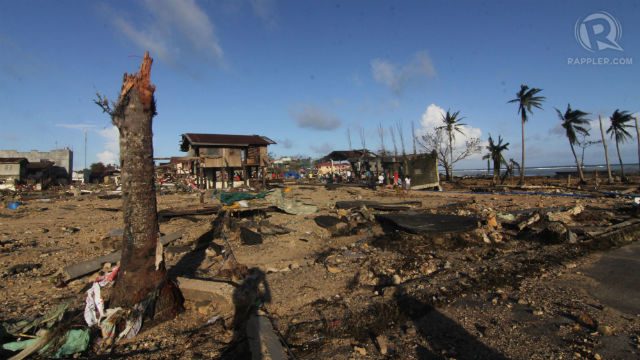
The Philippines should use modern technology to create realistic scenarios that can be simulated to improve the country’s disaster preparedness, according to an expert.
“We have to anticipate using technology and [the] latest science. Anticipate the scenarios that may happen in the future,” Mahar Lagmay, executive director of the University of the Philippines Resilience Institute (UPRI), told Rappler in an interview.
“So imbes na worst case scenario ang ating tinitingnan sa pagpaplano ng bawat komunidad, dapat ‘yong anticipated scenarios, hindi ‘yong kung ano lang ‘yong worst case na alam ng komunidad o alam natin. Dapat ‘yan isi-simulate mo, ipapakita mo ‘yung maaaring mangyari especially with the projections of climate change,” the UPRI chief further explained.
(So instead of looking into the worst case scenario for each community, we should be looking into the anticipated scenarios, not just the worst case that we know of. That should be simulated and show what could happen especially with the projections of climate change.)
Aside from using modern technology, the government should also reactivate the “hazard specific area-focused and time-bound warning” for disasters, according to Lagmay.

“Hazard specific. Tatama ang baha, landslide, o kaya storm surge doon sa lugar na ‘yan. Area-focused. Dapat naitutukoy alin ‘yong mga barangay. Puwede na siguro’ng munisipyo na tatamaan ng hazard. At time bound, kailan ito tatama,” the UPRI executive director said.
(Hazard specific. When will floods, landslides, or a storm surge hit a specific place. Area-focused. Each village should be specified. Identifying the town would be helpful. And time bound, when will it happen.)
At present, the National Disaster Risk Reduction and Management Council (NDRRMC), a government arm in charge of disasters, uses their social media platforms, as well as text messaging for risk communication. (READ: How NDRRMC issues its emergency mobile warnings)
“The NDRRM Operations Center, through the Office of the Civil Defense, sends out text alerts to the public to ensure that the public gets the warning of any impending danger. Stakeholders also receive the alerts through various platforms for proper preparation and appropriate actions for any emergency,” the NDRRMC explained in a message to Rappler.
Lagmay, who also headed the Project NOAH (Nationwide Operational Assessment of Hazards) under the science and technology department, added the Philippine government should also increase transparency in providing disaster-related information.
“Increase transparency…Pagka may datos na nandiyan na magsasabi na ito ang nangyari, mabe-verify ng lahat ng tao. (If there’s data stating that this is what happened, people could verify it),” the UPRI chief added.
Improvements
Almost a decade since the onslaught of Super Typhoon Yolanda (Haiyan) in November 2013, the NDRRMC said Yolanda highlighted the importance of raising public awareness on disasters.
According to the NDRRMC, the government’s pre-disaster risk assessment system after Yolanda helped in avoiding the catastrophic damage of super typhoons from happening again.
“Through the Pre-Disaster Risk Assessment system, DRRM Councils across all levels have been prepared in advance to meet the possible impact of these two super typhoons. Casualties were not as staggering as compared with the Yolanda experience (Yolanda fatalities: 6000+, Lawin fatalities: 23, and Rolly fatalities: 25),” the NDRRMC added.
Lagmay said that after the onslaught of Yolanda, the ranking of the Philippines in the risk index became much lower.
According to the World Risk Report list, which ranks countries based on their disaster risk due to exposure to natural hazards and vulnerability, the Philippines had improvements in the past years.
In 2014, a year after the Yolanda tragedy, the Philippines ranked second in the list with 28.25% risk index. In the latest ranking, for 2020, the Philippines only ranked ninth with 20.96% risk index.
One of the most devastating typhoons to ever hit the Philippines, Yolanda killed thousands of lives. The typhoon killed at least 6,300 people and injured 28,688.
Yolanda also left P95.48 billion worth of damage and affected more than three million families. – Rappler.com
Add a comment
How does this make you feel?
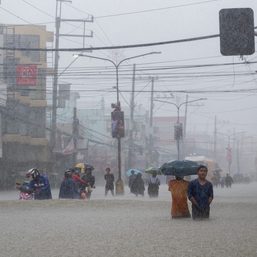
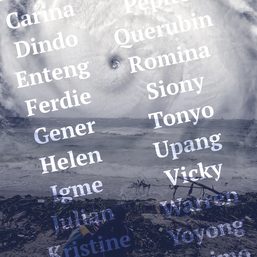
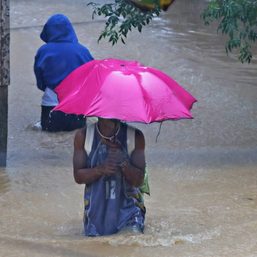
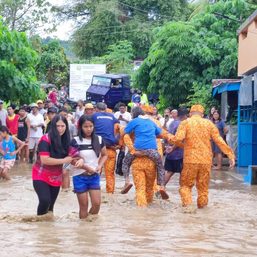
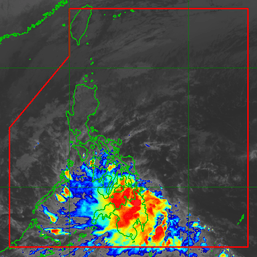
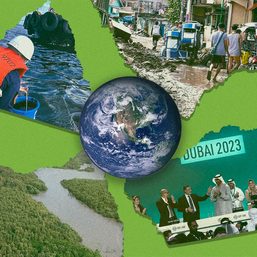

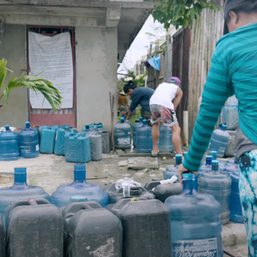
![[Under 3 Minutes] Kumusta na ang Yolanda housing projects?](https://www.rappler.com/tachyon/2023/11/title-card-ls-3.jpg?resize=257%2C257&crop_strategy=attention)
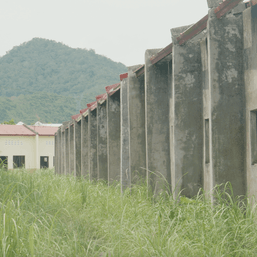
There are no comments yet. Add your comment to start the conversation.